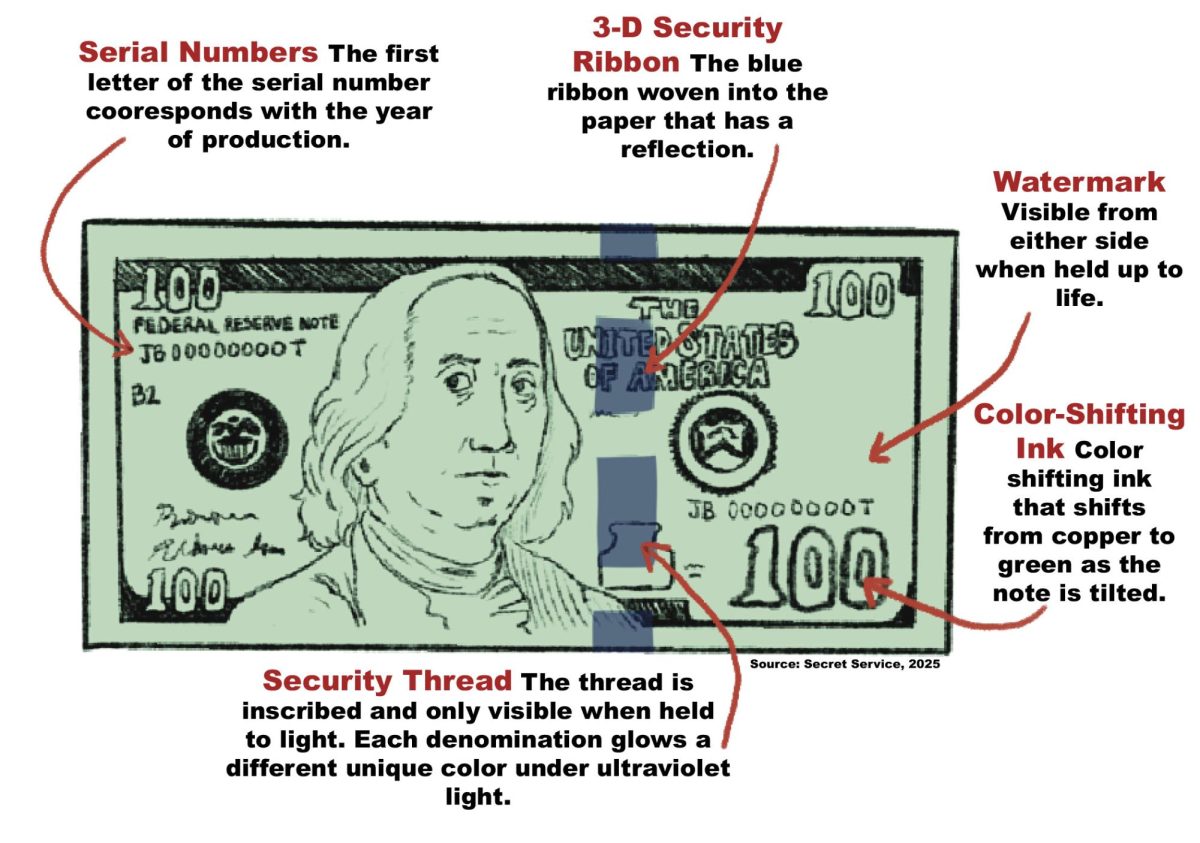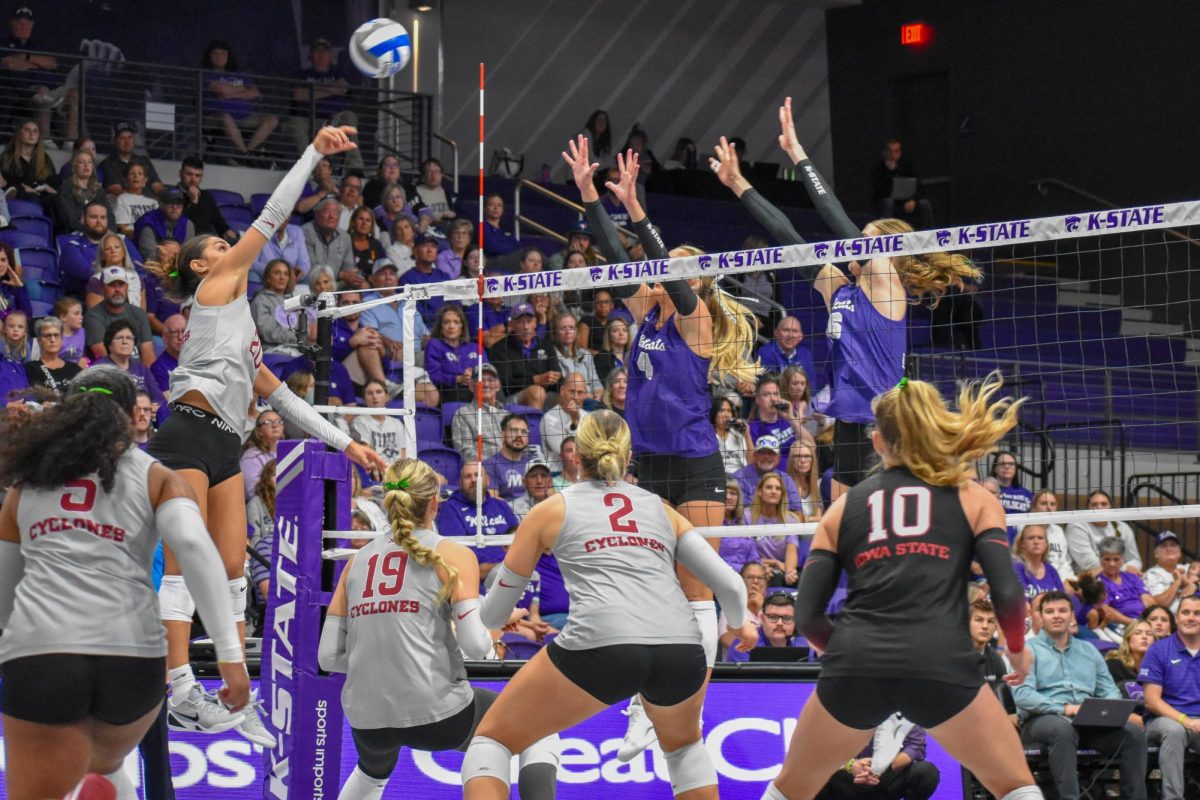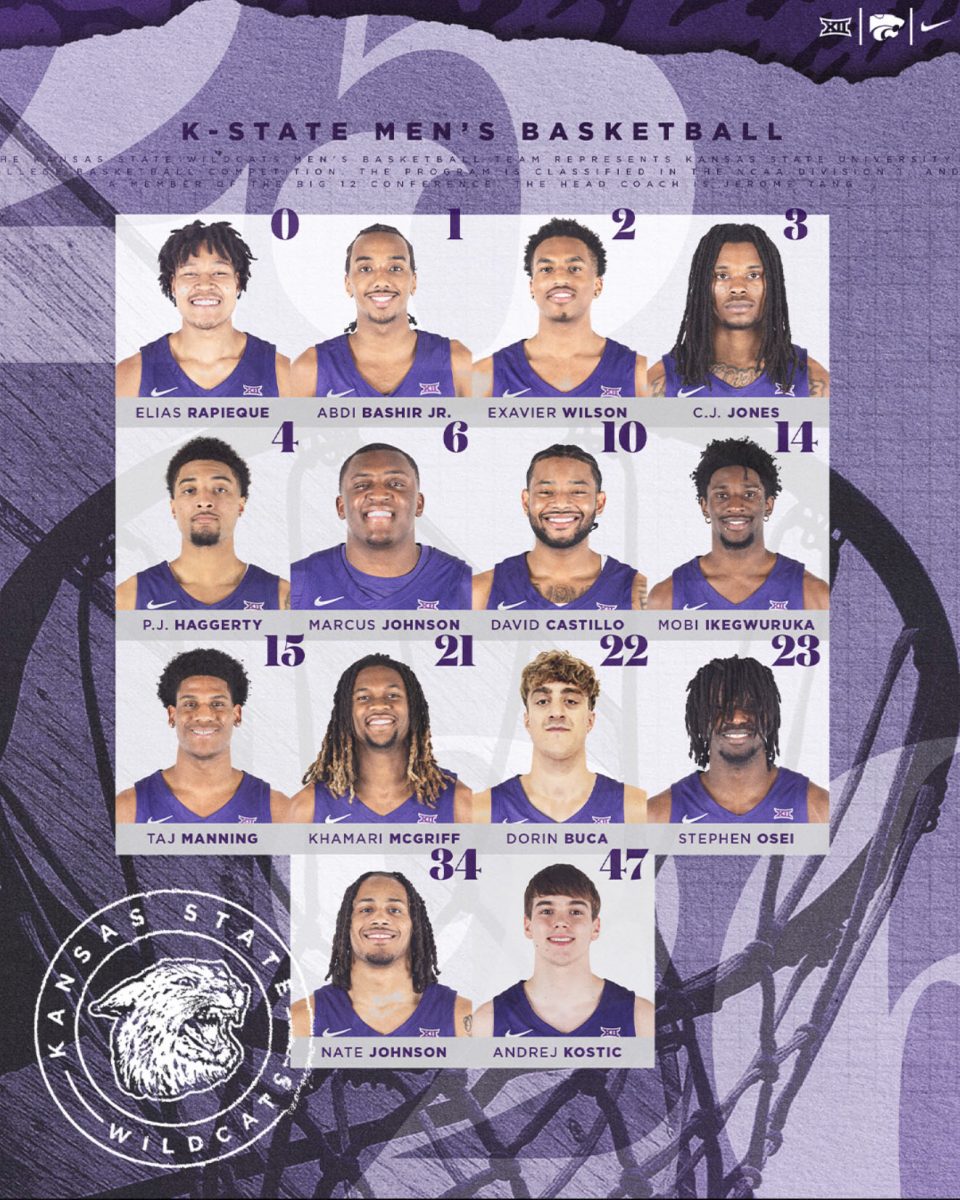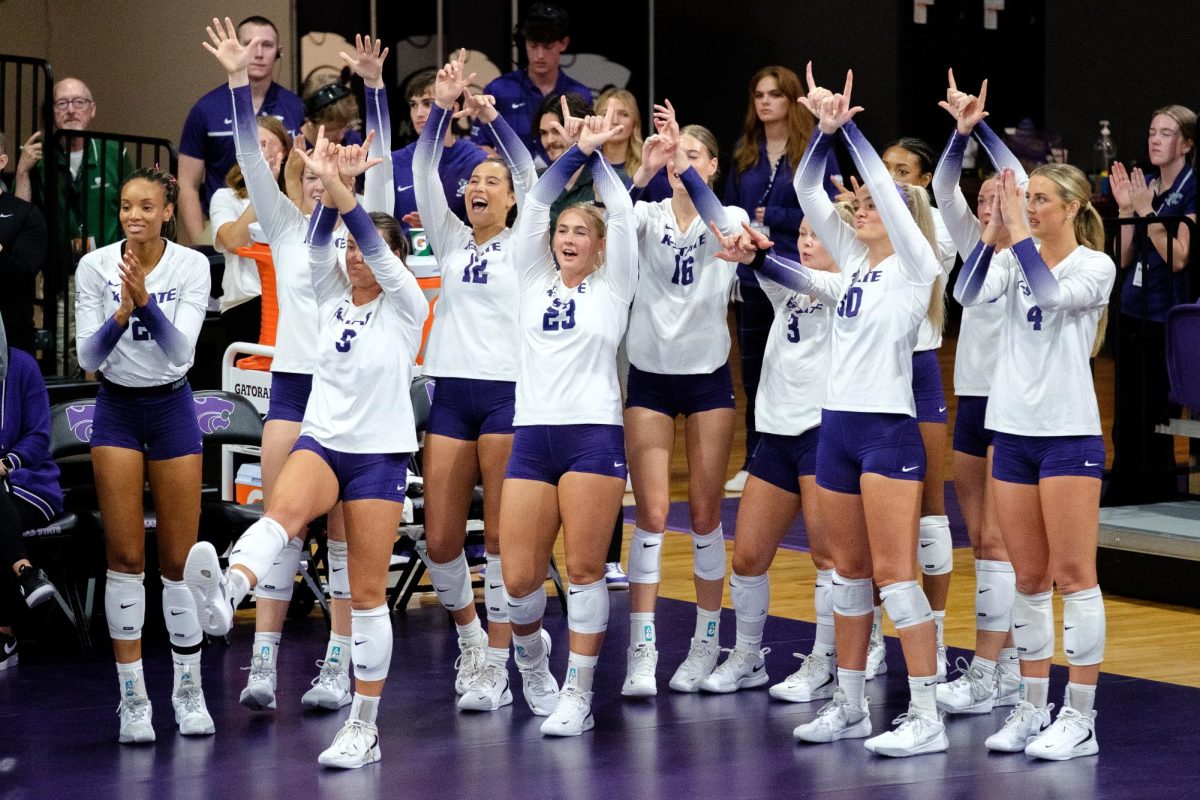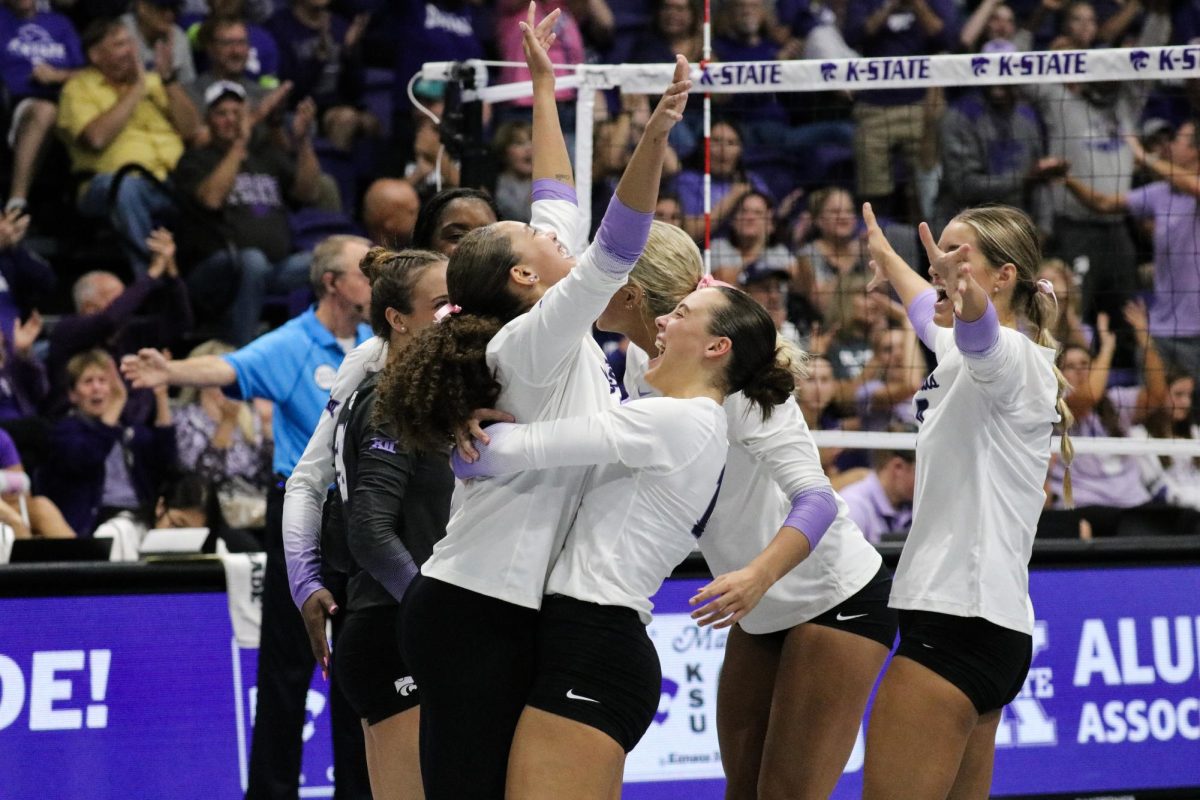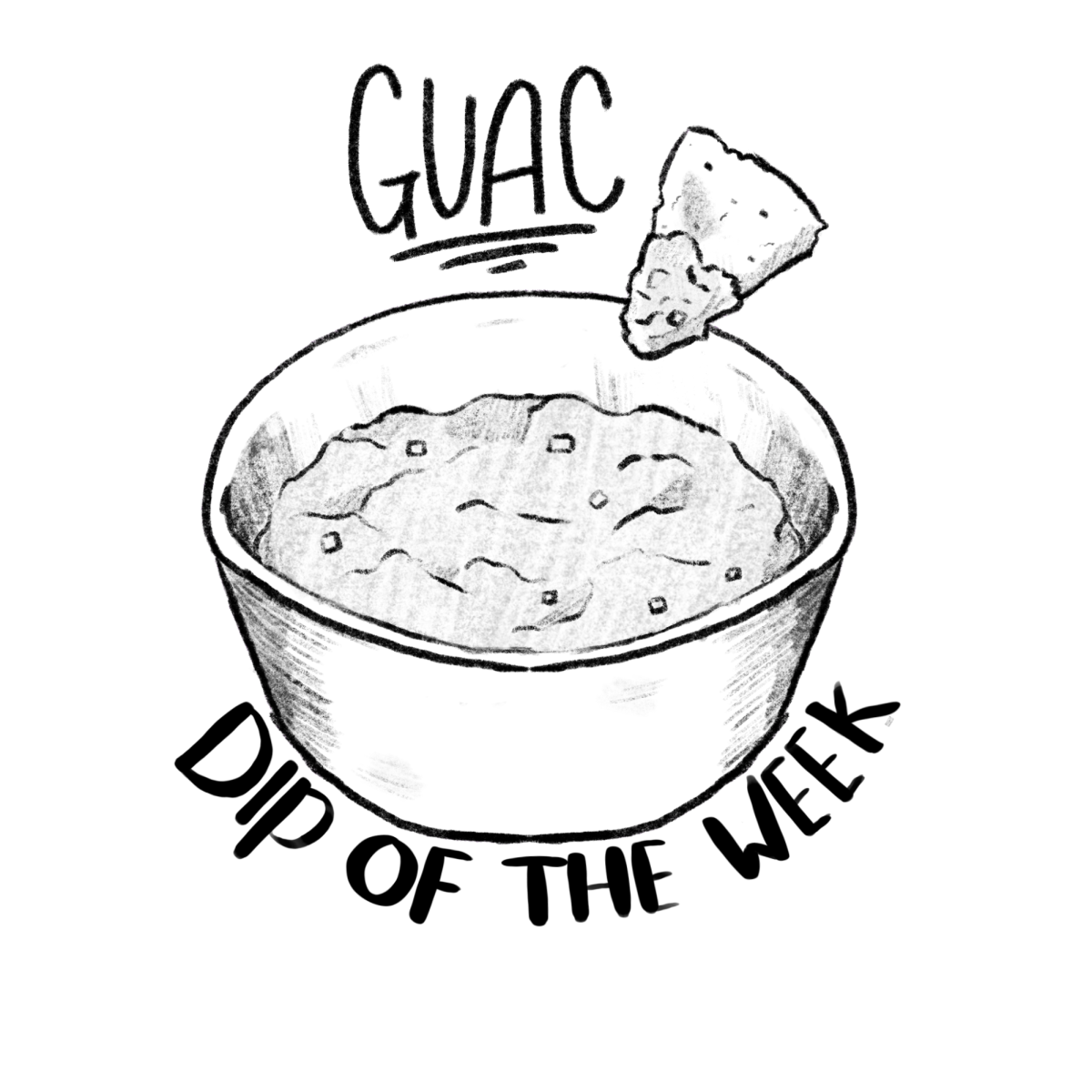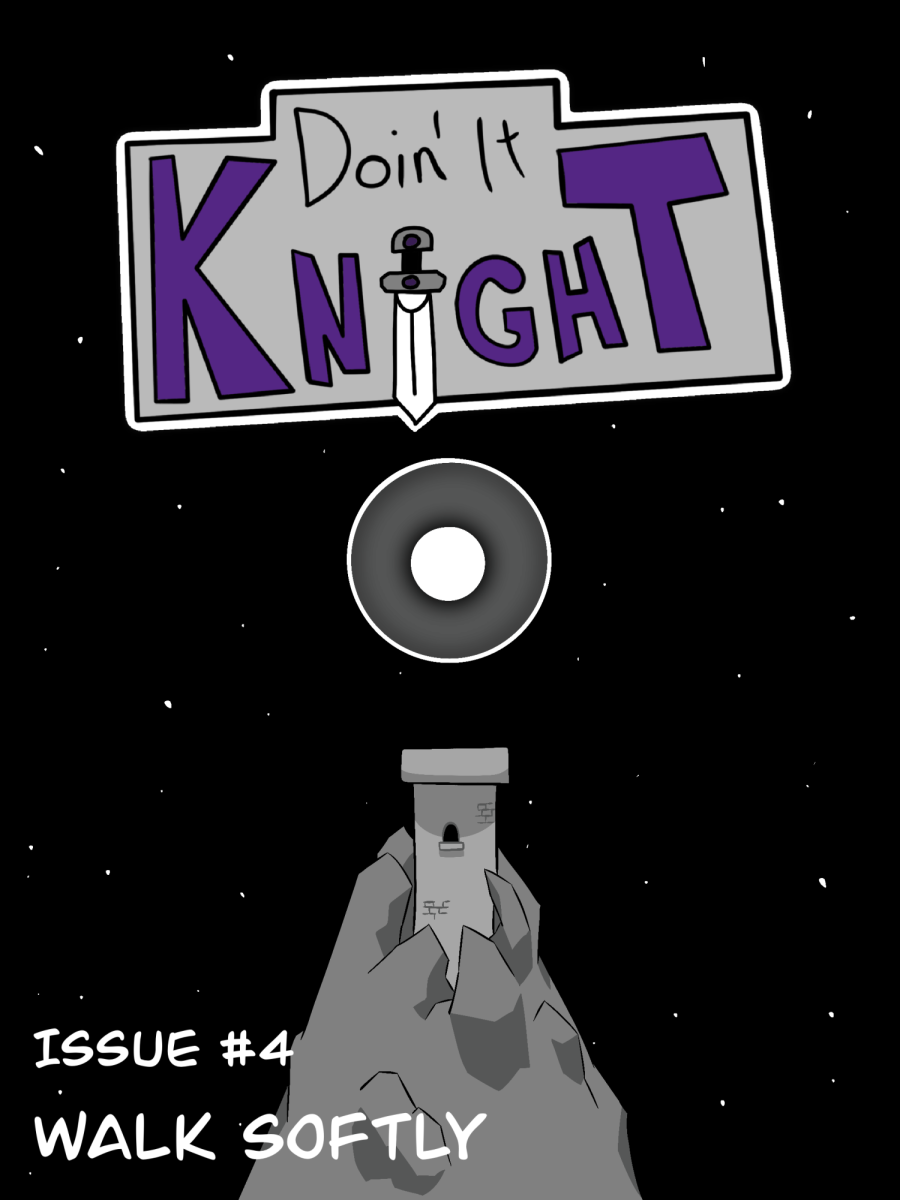Remember when satellite dishes were the ultimate sign that your family had access to hundreds of channels? You’d see that big dish on someone’s roof and think, “Wow, they must have everything!”. For a long time, satellite TV was the king of home entertainment. But times have changed, and the question now is: does it still have a place, or is it slowly disappearing from our lives? These days, it feels like more and more people are cutting the cord and leaning toward streaming apps.
If you’re one of the satellite TV users who are planning to cut the cord or are just simply wondering if it’s going to disappear from the market, we’re here to break it down for you in simple terms. The short answer? Satellite TV isn’t gone yet, but it’s no longer the star of the show.
No, Satellite TV is not becoming obsolete.
Even though the number of satellite TV users has significantly declined over the years, it’s not becoming obsolete. Satellite TV providers like DISH TV and DIRECTV are actually making a lot of improvements to keep up with the changing times. They’ve added features like on-demand libraries, DVR options, and even streaming integrations so users can enjoy a combination of both traditional satellite channels and online content.
Streaming services cannot replace satellite TV.
Even though a lot of people prefer streaming services over traditional TV like cable and satellite, it cannot fully replace what satellite TV can offer. For one, satellite provides coverage in areas where internet service is weak or unstable. Families in rural or remote locations often rely on satellite because it doesn’t need high-speed internet.
Another advantage is live programming. Sports events, international news, and certain premium channels are still easier to access through satellite providers. Streaming platforms may offer highlights or delayed coverage, but for people who want to experience things in real time without worrying about internet drops, satellite TV still has the upper hand.
Even though there are already live TV streaming services available, they still depend heavily on having a strong and stable internet connection. If your internet speed drops or your Wi-Fi acts up, you’ll likely deal with buffering, lag, or even complete interruptions right in the middle of your show or game.
What’s next for satellite TV?
Satellite TV may not be leading the entertainment world anymore, but it’s not fading into the background without a fight. Providers are starting to reinvent themselves by combining traditional satellite services with modern streaming features. There are also other improvements satellite TV providers offer when it comes to the technology they use.
Also, better satellites are being launched to offer clearer signals, more channels, and improved reliability. Some companies are also exploring flexible packages so customers don’t feel stuck paying for hundreds of channels they don’t watch. This pick-and-choose model is one way satellite is trying to keep up with streaming’s flexibility. All these efforts show that while satellite TV may not dominate like it used to, it’s evolving to stay relevant.
Wrapping Up
Satellite TV is evolving, so it’s far from what many people think. Most providers are focusing on smarter features to keep up with the way people watch TV today. While it may not be the first thing that comes to mind when it comes to home entertainment, it can still compete with streaming services.


























